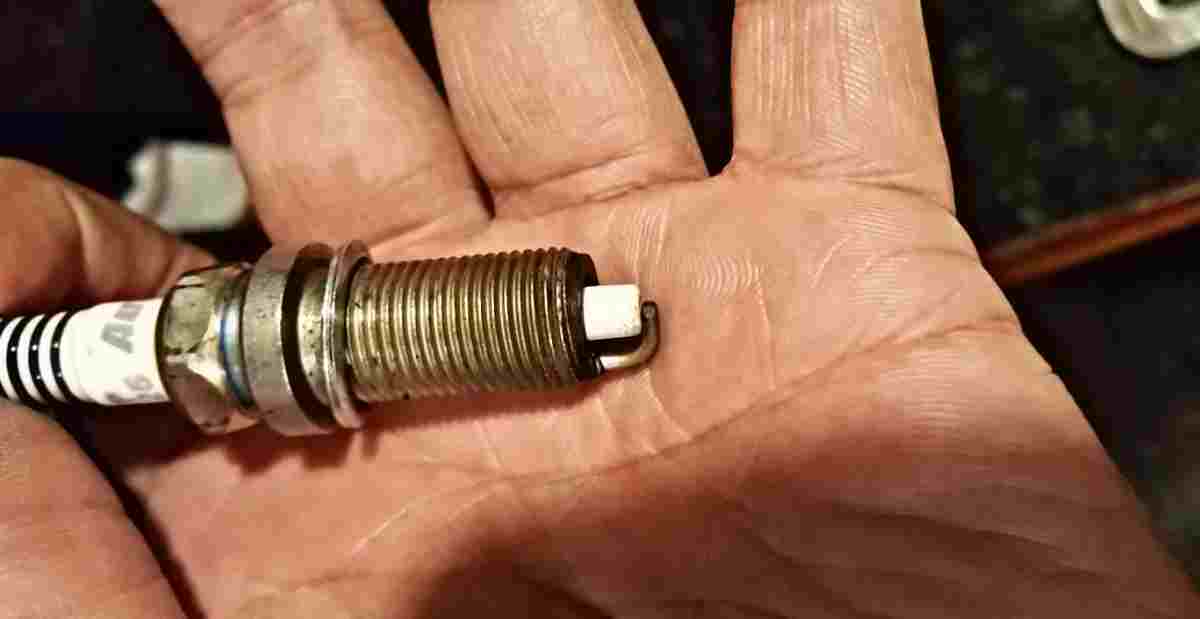You can sell to your local dealership. Selling car to dealer without buying is 100% possible. Moreover, the demand for used cars is skyrocketing and dealerships are eager to stock up, therefore, it’s prime time to get a good deal.
Dealers often offer cash for cars without insisting on a trade-in. This will speed up the process and ensure you are not bogged down with the challenges of a private sale. So, no more coordinating with potential buyers or worrying about scams.
You want everything to go off without a hitch and to secure the best price—there are a few steps and tips to follow.
Selling Car To Dealer Without Buying

If you have a used car you no longer need, selling car to dealer without buying might be your answer. The process is more streamlined than selling privately, though you might get a slightly lower offer.
Follow these steps to sell a car to dealer without buying:
1. Get Your Car Ready
Before approaching a dealer, give your car a good clean and think about fixing minor issues. The goal is to make your car appealing for the dealer to resell. A slight daint could be the reason a dealership will underprice your vehicle.
If you’re not pressed for time, think about the optimal periods to sell. But if you’re after quick cash, get quotes from multiple dealers to ensure you get a fair deal.
2. Determine Your Car’s Value
You can use tools such as Kelley Blue Book to get an estimate of your car’s value. This knowledge will be handy during price negotiations. Dealers consider various factors including demand, supply, and their clientele.
3. Finalize Your Deal with the Dealer
Once you have settled on a price, the dealer will typically manage the bulk of the paperwork. If you’ve paid off your car, have the title ready and be prepared to go over and sign a bill of sale.
If you are still clearing a loan, bring your loan details, notify the lienholder, and get a payoff document. This paper gives the dealer the exact loan amount, including the interest up to a certain date.
If your car is still under a loan, the outstanding amount will be deducted from the dealer’s offer. So, if the loan exceeds the offer, you’ll have to cover the difference.
For instance, if you have a $4,500 loan and the dealer’s offer is $5,000, the dealer will clear the $4,500 loan, and you’ll receive the remaining $500. But if the offer is $3,500 against a $5,000 loan, you’ll have to settle the $1,000 difference.
*Note!
Until the car title changes hands, keep your insurance active. The car remains your responsibility as long as it’s under your name.
Tips for Selling a Car to a Dealership
When selling car to dealer without buying, they’ll do a thorough check. This includes having their service department inspect the car’s overall condition, especially the tires, brakes, fluids, and other mechanical parts. They might even take it for a test drive to see how it performs on the road. This evaluation helps them determine the car’s value and the offer they’ll make.
1. The dealership’s offer is based on various factors
- Market Research. The primary factor is the current auction price of similar vehicles.
- Inventory Check. If the dealership already has many cars like yours, it might affect the offer.
- Car Condition. The state of your car, including any required repairs or maintenance, plays a significant role.
- Existing Loans. If you have an outstanding loan on the car, it will influence the offer.
- The dealership can usually manage the loan payoff and title transfer.
- If your car’s value exceeds the loan, the excess will be yours.
- However, if the loan amount is more than the car’s value, you’ll need to cover the difference.
2. Leverage Online Tools
Before selling a car to dealer without buying, use online tools to estimate your car’s value. This gives you a ballpark figure and prepares you for negotiations.
If in doubt about the dealership’s offer, don’t hesitate to ask. Many dealerships are transparent and might even show you the online resources they use.
3. Shop Around for the Best Offer
Every dealership is unique. If one dealer has an excess of your car model, their offer might be lower. So, if you are aiming for the highest price rather than a quick sale, visit multiple dealerships. Compare their offers to get the best deal.
Look at offers from dealerships and even places like CarMax. Once you’ve decided on the best offer, act swiftly. Market values can fluctuate, and waiting too long might result in a reduced offer. There is always room for negotiation.
4. Beware of Dealer Buying Scams
While many dealerships operate with integrity, some might try to scam sellers:
- Lowball Offers. Some dealers might give an offer way below the car’s value, hoping you haven’t done your research.
- Hidden Fees. Watch out for additional fees or charges that weren’t discussed upfront.
- Changing Offers. A dealer might agree on a price but later change the offer, citing various reasons.
- Pressure Tactics. Some dealers might pressure you to sell quickly, hoping you won’t shop around for better offers. Always be cautious, do your research, and trust your instincts. If something feels off, it probably is.
Can I Sell My Car Back to the Dealership I Bought It From?
You can sell your car back to the dealership you bought it from. It works just like selling any other car you own to any other person. However, the dealership will try to underprice the vehicle.
Can I Sell My Car Back to the Dealership if I Still Owe?
Yes, you can sell your car back to the dealership even if you still owe money on it.
You need to consider the following when selling car to dealer without buying and still owe:
1. Negative Equity
If you owe more on the car than its current value, you’re in a situation called “negative equity” or being “upside down” on your loan. In this case, selling the car won’t cover the full amount you owe.
Before selling, know exactly how much you owe on your car. Then, get an estimate from the dealership on your car’s value. This will give you an idea of whether you have positive or negative equity.
2. Rolling Over the Debt
Some dealerships might offer to roll over the negative equity into a new car loan if you decide to trade in and buy another vehicle. However, this means you’ll be starting your new loan already owing money, which can lead to a cycle of increasing debt.
3. Paying the Difference
If you sell the car and the sale price is less than what you owe, you’ll need to pay the difference to your lender. The dealership may handle the transaction, but you’re still responsible for the remaining balance.
4. Loan Payoff
The dealership can handle the process of paying off your loan. They’ll pay the lender the car’s value, and you’ll pay the dealership any remaining balance or they might roll it into a new loan if you’re buying another car.
Conclusion—Should You Sell a Car to a Dealership?
While you might not fetch the highest price selling car to dealer without buying compared to a private sale, there are some undeniable perks. For starters, a dealership can finalize the sale in just a few hours, whereas selling privately can be a more prolonged process.
Dealerships simplify the process for you. They handle the advertising, interact with potential buyers, and even draft the necessary paperwork. Some dealers might even offer to pick up your car or drop you off at your home after the transaction.
Safety is another factor to consider. While private sales can be managed securely, dealing with a recognized dealer eliminates the need to meet strangers on Craigslist or Facebook Marketplace.
Read also: A Complete Guide on How to Sell a Car on Facebook Fast


